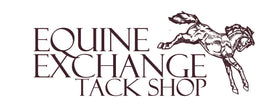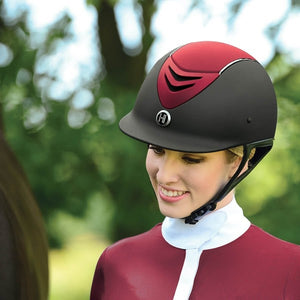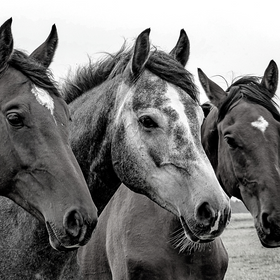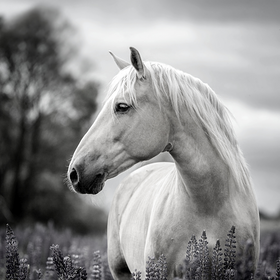
Show Jumping at a Glance
Show Jumping is an Olympic riding discipline where horses and riders must clear a set jumping course with the lowest number of faults and the fastest time. There are many competition levels for show jumping, ranging from youth up to the Olympics. A show jumping course will consist of a variety of jump types which require many turns, angles, and specific stride-length. This discipline requires endurance, flexibility, and quick adjustments from both the horse and rider.
How Show Jumping is Scored
Horses and riders are judged on faults and time in show jumping. Faults are given for teams that knockdown polls, refuse or run-out at a jump, going off-course, or going over the allotted time. The individual course will have a maximum time, though the goal is to have the fastest time. A fault will be given if the team exceeds this maximum time allotment. When riders have the same number of faults on the course, the rider with the fastest time will win.
Types of Jumps
There are a variety of obstacles on a show jumping course. Some of these jumps are only seen in certain divisions, while others are seen at every level.
Crossrail: this jump is in the shape of an “x”. They are often included in lower-level show jumping competitions because they are less intimidating for beginner horses or riders.
Jump Combination: this is a series of jumps spaced one, two, or three strides apart. Jumping this series can be challenging because the horse has to get a specific number of strides between each jump in order to jump cleanly.
Liverpool: this jump has a try filled with water underneath the jump. Water obstacles can be scary for some horses, making this a more challenging jump.
Oxer: an oxer is where multiple jump standards and poles are combined to create a wider jump.
Vertical: this jump is made with a single pair of jump standards and is one pole wide.
Wall: this is a solid-looking jump, often made of lightweight bricks.
Show Jumping Tack
Show jumping is part of the English riding discipline. Riders who are show jumping do not need extensive equipment to compete. Close contact saddles, which have shorter panels than a dressage saddle, are used in show jumping. The shorter, rounder panels are designed to place the rider’s leg in the appropriate position as they go over the jump. Breastplates or breast collars are sometimes used in show jumping to prevent the saddle from shifting backward over the jumps. Sport boots can also be used in show jumping to help protect the horse’s legs. These are not required items, but you will see many riders using them in the competition ring.
Snaffle bridles are the most commonly used bridle in show jumping. Sometimes you will also see a Figure 8 noseband in show jumping. As always, you should check your local regulations to make sure the type of bridle you use is approved for use at that particular show.





